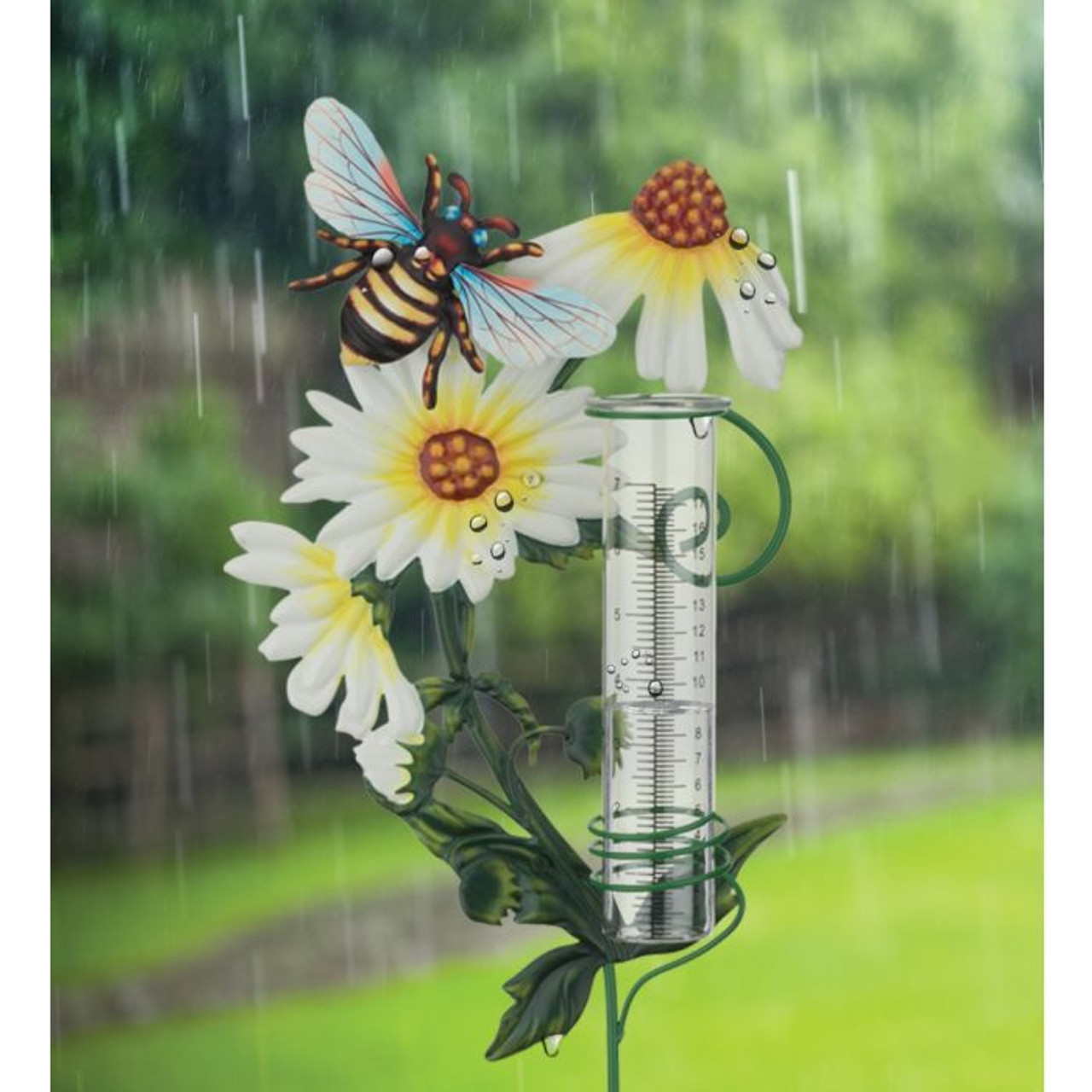The Rain Gauge: Enhancing Agricultural and Environmental Keeping Track Of Efforts
Wiki Article
DIY Rainfall Gauge: Easy Steps to Make Your Own
Developing your own DIY rain gauge is a reliable and basic means to videotape and gauge rainfall. With simply a couple of typical products and some basic steps, you can easily create your very own rainfall scale at home. Let's get begun on making your Do it yourself rain gauge today!Gather Materials
To begin creating your DIY rainfall gauge, gather all the essential materials utilizing a detailed listing of things. Having the appropriate products accessible will certainly make sure the successful production of your rainfall scale and permit precise measurements of rainfall. To start with, you will certainly require a clear plastic container or cylinder, such as a plastic container or jar. Make sure the container is transparent so that you can quickly see the water degree inside. Next, you will require a leader or gauging tape to note the increments on the container. This will certainly allow you to measure the quantity of rainfall properly. In addition, you will need a long-term pen or waterproof tape to mark the measurements on the container. This will make sure that the markings stay visible even when subjected to rain. Ultimately, you will certainly need a tough base or stake to securely hold your rainfall gauge in location. This can be a wood or metal stake that can be put right into the ground or a sturdy level surface to give security. Gathering these materials in advance will simplify the construction procedure and make sure that you have everything you require to develop your very own DIY rainfall gauge.Prepare the Container

Mark the Dimension Increments
To properly determine the amount of rains, properly marking the measurement increments on your do it yourself rainfall scale is important. Without clear and precise markings, it would certainly be challenging to figure out the specific quantity of rainfall collected in your rainfall scale. Below are the actions to mark the dimension increments on your rainfall gauge.First, select the unit of dimension that you wish to make use of. The most common units for gauging rainfall are inches and millimeters. As soon as you have selected the unit, make use of a permanent pen or waterproof paint to note the increments on the side of your rain gauge. For inches, find out here now you can note every quarter inch or every half inch, depending upon your preference. For millimeters, you can mark every 10 millimeters or every 20 millimeters.
When noting the increments, it is very important to make certain that they are uniformly spaced and plainly visible. Utilize a ruler or determining tape to make sure accuracy and consistency. Furthermore, ensure that the markings are resistant to fading or scrubing off, as direct exposure to the elements may trigger them to wear away over time.
Location the Rainfall Scale Outdoors
The rain gauge must be put outdoors to properly collect rainfall data. The place picked for the rainfall scale should be open and totally free from any kind of blockages that could potentially affect the measurement of rains. It is important to discover a place that is not blocked by trees, buildings, or other frameworks that might obstruct the rain from getting to the scale. This will certainly guarantee that the gathered information is agent of the actual rains in the location.In addition, it is important to position the rainfall scale on a steady surface, such as a level ground or a durable article. This will protect against any motion or tilting of the scale, which can result in unreliable dimensions. It is also recommended to stay clear of putting the gauge near any resources of man-made water, such as sprinklers or drain systems, as this might conflict with the precision of try this the measurements.
Display and Record Rain Information
Normal tracking and recording of rainfall data is essential for precise data analysis and interpretation. By keeping track of rains measurements, you can get valuable insights into climate patterns, climate patterns, and water source monitoring. To successfully check and tape-record rains data, it is essential to establish a routine and preserve consistent techniques.First of all, make sure that your rain scale is positioned in an open area away from barriers such as trees or structures that might obstruct rainfall. Additionally, see to it the rain gauge is level and securely secured to avoid any type of activity that can influence the accuracy of the measurements.

When taping the rainfall data, it is important to keep in mind the day and time of each dimension. Use a leader or a determining adhere to determine the rains deepness in the rain gauge, and document this details precisely.
To make sure the precision of the dimensions, it is suggested to empty the rain gauge after each recording. This will click here now avoid any overflow or evaporation from impacting subsequent dimensions.
Conclusion
To conclude, developing a DIY rainfall scale is a sensible and basic way to keep track of and record rains information (The Rain Gauge). By adhering to the actions outlined in this post, you can conveniently collect materials, prepare the container, note the measurement increments, and position the rain gauge outdoors. Frequently checking and videotaping rains information can give valuable info for numerous purposesHaving the best products on hand will make sure the effective production of your rain gauge and enable for accurate dimensions of rains.To properly measure the quantity of rains, precisely noting the dimension increments on your Do it yourself rain gauge is necessary.The rainfall gauge must be placed outdoors to accurately collect rains information. The place picked for the rainfall gauge should be totally free and open from any kind of blockages that can potentially impact the dimension of rains.In conclusion, producing a DIY rain gauge is a straightforward and useful method to check and record rainfall data.
Report this wiki page